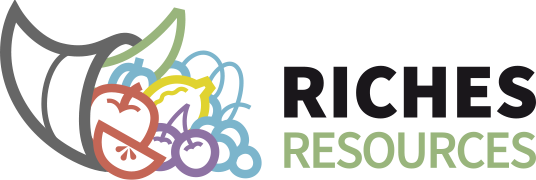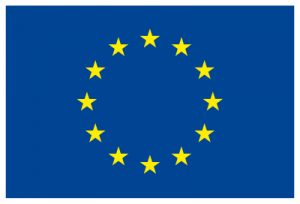‘Digital heritage’ or ‘digital Cultural Heritage’ refers to digital content and materials that represent, reflect or describe human knowledge and cultural manifestations, are invested with cultural value, and considered a legacy that ought to be transmitted to future generations. Digital heritage content can be produced by converting materials originally in analogue format, or can be ‘born digital’ – objects such as documents, artworks, software or websites that originate in digital format.
With the advent of digital technology and the extended practice of digitisation of collections, many cultural and heritage institutions create and maintain digital repositories. Digital repositories, also termed ‘digital libraries’, are collections of digital objects spanning different media formats (text, audio, video, among others) and accompanied by registries, protocols or standards for classifying, storing, preserving, consulting and retrieving data. Most digital repositories are provided with a search interface which allows information retrieval. When offered for public usage, the content of these libraries can be accessed remotely via computer networks.
Online catalogues are another way of offering access to information. These are online list-like arrays of items arranged according to pre-determined classification standards and provided with descriptive details. To be effective, online catalogues should be designed in accordance with usability principles (clear structures and terminology, appropriate contextual information) to allow users to effectively search for and retrieve the records without any assistance.
Sources:
Athanasopoulos, G., Candela, L., Castelli, D., Innocenti, P., Ioannidis, Y., Katifori, A., & Ross, S. (2010). The digital library reference model. DL. org (Coordination Action on Digital Library Interoperability) D 3.

